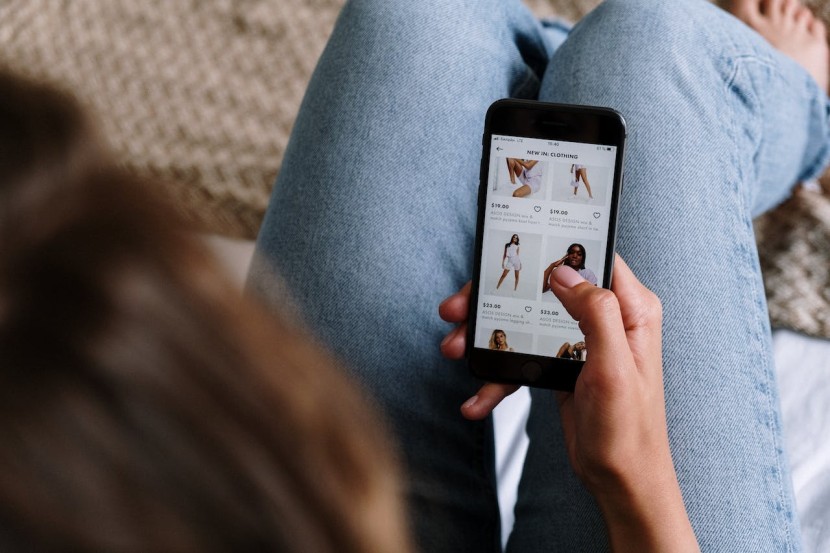As reported by Adobe Analytics, Black Friday online sales in the United States hit a new high of $9.8 billion, up 7.5% from the previous year. This is additional evidence that bargain-hunting customers are searching the Internet for the greatest discounts.
Vivek Pandya, a senior analyst at Adobe Digital Insights, said: "We've seen a very strategic consumer emerge over the past year where they're really trying to take advantage of these marquee days, so that they can maximize on discounts."

The Hottest Items
CNBC said that the increased spending on Black Friday, November 24, indicates a more confident consumer base than in 2022 when sky-high petrol and food prices discouraged buying.
Pandya speculated that the surge in Black Friday sales was partly due to impulsive purchases made on mobile devices ($5.3 billion), which contributed to the success of online retailers. He said that advertising on social media platforms and the rise of influential people in the marketplace had helped customers feel more at ease making purchases from their phones.
Consumers are still price-conscious despite having tighter budgets due to last year's record inflation and interest rates. Adobe found that customers who used the "Buy Now, Pay Later" option to spread out their payments increased their spending by $79 million, or 47%, compared to the previous year.
According to the analysis, gadgets like smartwatches and TVs, as well as toys and games, were the day's biggest sellers. Meanwhile, home-repair equipment was a disappointment. As expected, the most popular items on the site were those with the greatest price cuts.
See Also : Black Friday in the 2020s Significantly Transformed by Online Stores, Business Analysts Say
Perks of Internet Shopping
Adobe collects its information by examining one trillion visits to retail websites in the US, as well as 18 product categories and 100 million individual goods. It does not record sales made at physical stores.
A Mastercard study of this year's Black Friday spending indicated that although online purchases increased by over 8%, those made in physical stores also increased, but just by 1%.
Adobe's Pandya believes that people's mindset has changed when it comes to the in-store Black Friday experience, including lengthy lineups and other inconveniences. He also said that consumers have greater power when purchasing online since it is simpler to compare prices across many sites and obtain a lower total price.
As the number of consumers on the lookout for bargains grows, stores are doing all they can to attract as many customers as possible. Companies like Best Buy and Lowe's have both announced increased markdown levels. Target and Ulta Beauty are just two of several stores that have launched "pop-up" promotions offering limited-time discounts on popular brands and products.
Apparently, the momentum from the previous day's $5.6 billion in online sales on Thanksgiving, November 23, carried over into Black Friday, as previously analyzed by Adobe.
Adobe forecasts that consumer spending will remain strong over the weekend and into Cyber Monday, November 27, when the best deals will be available.








